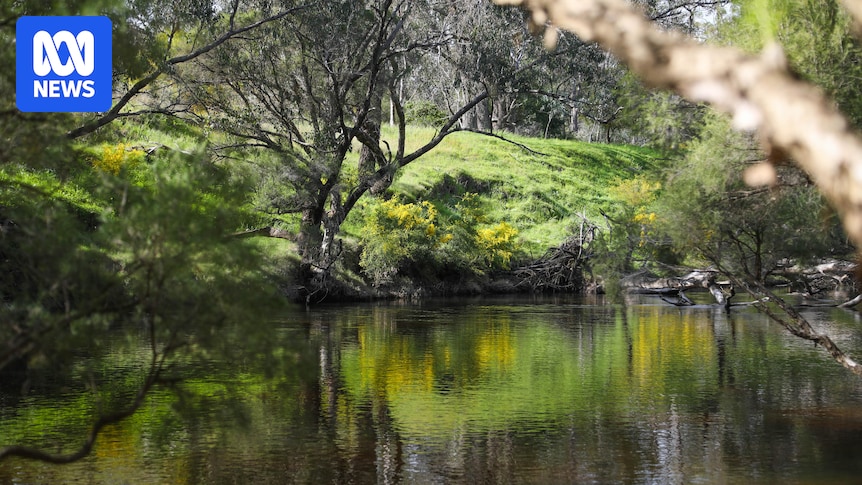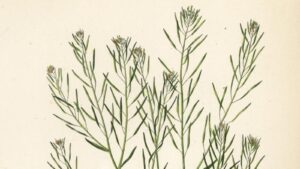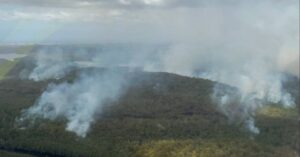
The descendants of those murdered in one of Western Australia’s most brutal attacks on Aboriginal people, the Pinjarra Massacre, are set to receive a historic apology today. WA Governor Chris Dawson will deliver the apology after being invited onto the country by the traditional owners. This marks the first time the Binjareb people of the Nyungar Nation will have the deaths of their ancestors publicly recognized in such a manner, 191 years after the tragic event.
In 1834, then-governor James Stirling led a group of armed officials in an ambush on a Nyungar camp in Pinjarra, resulting in the deaths of approximately 20 unarmed Indigenous men, women, and children. Governor Dawson’s acknowledgment of this massacre is a significant step in addressing past injustices.
A Historic Apology
October 28, a day marked in history as one of Western Australia’s darkest, will be remembered differently following today’s annual remembrance ceremony at Pinjarra, located 80 kilometers south of Perth. The Binjareb people will be the first to hear an apology from Governor Dawson for the actions of Captain Stirling.
“From my research, I don’t know of any other massacre attributed to a governor,” Mr. Dawson told ABC Radio Perth ahead of the ceremony. “There were killings on both sides, let’s not just paint this in a picture that we want to try and present. But this [attack on October 28] was planned and led by a governor, I think a governor should then correct and tell the truth.”
Historical Context
Journals and letters from the State Record Office’s archives reveal several violent encounters between white settlers and traditional owners prior to October 28. In April 1834, a group of Bindjarep men raided a flour mill in South Perth. When caught, they were taken to Perth to be punished and publicly flogged. A few months later, in July, a group of Nyungar men speared two settler men, resulting in the death of a 19-year-old white servant named Hugh Nesbit.
Nesbit’s death fueled fear and anger within the colony, prompting Captain Stirling to form an exploring party of 25 people to journey to Pinjarra. On October 28, 1834, the group found an Aboriginal camp along the Murray River. Stirling’s troops were sent to identify whether the Indigenous men in the camp were responsible for Nesbit’s death. The group strategically surrounded the camp before launching an attack on the unprepared and retreating Nyungars.
Truth and Reconciliation
The exact number of Nyungar people murdered in the Pinjarra Massacre remains unknown and has been contested over the years. Governor Dawson emphasized that his apology is about acknowledging the truth, but that truth-telling is an ongoing process.
“How can we reconcile between Aboriginal and non-Aboriginal Australians if we only tell part of the story?” he said. “So, today’s important to actually tell the truth, but not to stop there but to actually then give an opportunity for healing.”
He further stated, “This is just a step in the journey of firstly telling the truth about it and then we can continue to move forward as Australians in a positive way. That [acknowledgement] is what Aboriginal people are telling me that’s what they’ve been waiting for.”
Implications and Future Steps
The apology by Governor Dawson represents a significant moment in the ongoing journey toward reconciliation between Aboriginal and non-Aboriginal Australians. It highlights the importance of acknowledging historical injustices as a foundation for healing and moving forward together.
As the Binjareb people receive this long-awaited acknowledgment, the broader community is reminded of the need for continued dialogue and understanding. The ceremony at Pinjarra serves not only as a moment of reflection but also as a call to action for further reconciliation efforts.
Looking ahead, this apology could pave the way for similar recognitions of historical injustices across Australia, fostering a more inclusive and truthful national narrative. As Governor Dawson’s words resonate, the hope is that this acknowledgment will contribute to a more unified future.







